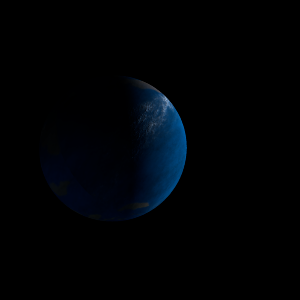|
|
Space Astro
|
Info for exoplanet "Bejopi'shiwa"
| Scientific (actual) data |
|---|
| Name | Kepler-160 b |
| Planet status | Confirmed |
| Radius | 0.153 |
| Orbital period | 4.3094 |
| Semi major axis | 0.05511 |
| Discovered | 2014 |
| Updated | 2021-02-05 |
| Tconj | 2454970 |
| Impact parameter | 0.19 |
| Publication | Announced on a website |
| Detection type | Primary Transit |
| Alternate names | 2MASS J19110565+4252094 b, K00456.02, KIC 7269974 b, KOI-456 b, KOI-456.02, WISE J191105.67+425209.5 b |
| Star name | Kepler-160 |
| Right ascension | 287.77° |
| Declination | 42.87° |
| Mag j | 13.46 |
| Mag h | 13.101 |
| Mag k | 13.052 |
| Star distance | 962.92 |
| Star metallicity | -0.361 |
| Star radius | 1.12 |
| Star temperature | 5471 |
| Star alternate names | 2MASS J19110565+4252094, KIC 7269974, KOI-456, WISE J191105.67+425209.5 |
| Wikipedia article | Kepler-160 b |
Back
| |
| Fictional info (?) |
|---|
| Suggested name | Bejopi'shiwa |
| Planet type | Hot planet |
| As seen from Kepler-160, in a frame of reference that rotates with the orbital motion, it appears to rotate only once every two years. |
| Atmosphere | Ozone | 56% |
| Hydrogen peroxide | 25% |
| Ammonium hydrosulfide (NH4SH) | 11% |
| Carbon monoxide | 4.7% |
| 2H2O | 2.3% |
| Atmospheric pressure | 1.6 bar |
 |
| No known satellites |
| Google search for Bejopi'shiwa |
|
Website by Joachim Michaelis
|
|
|
|